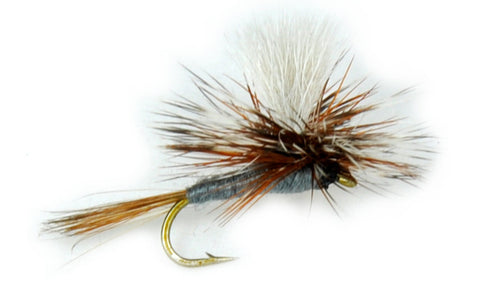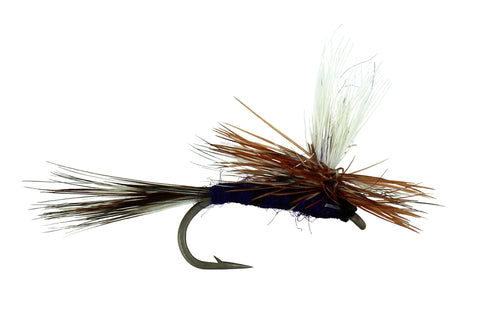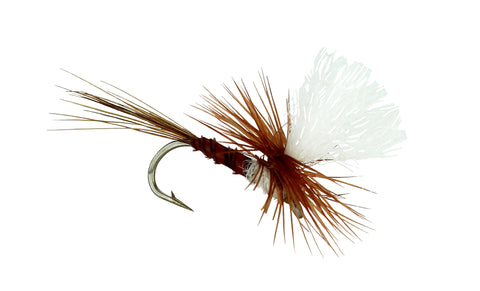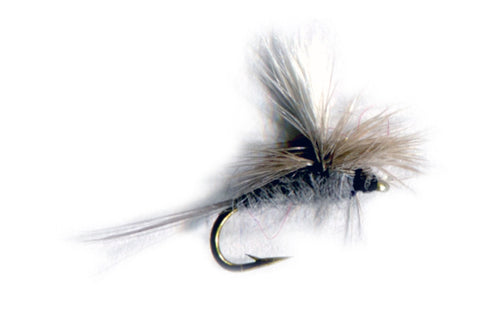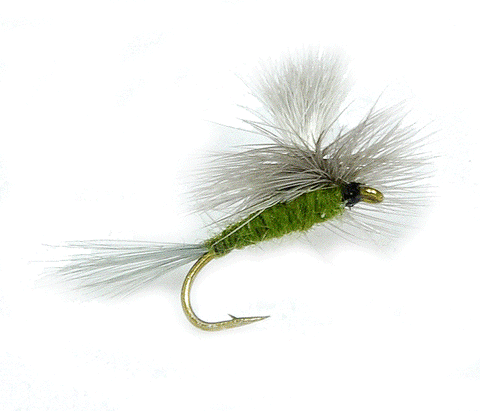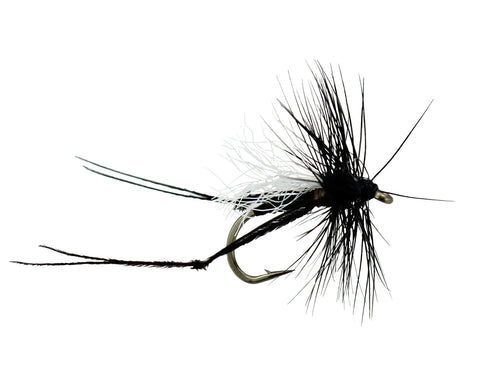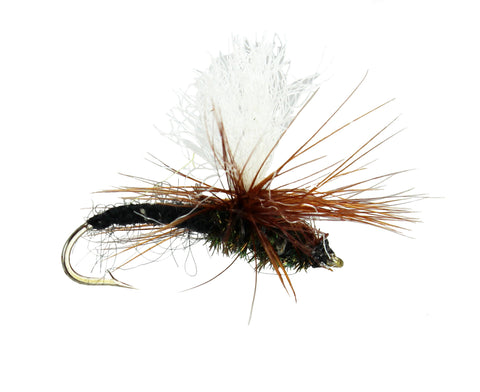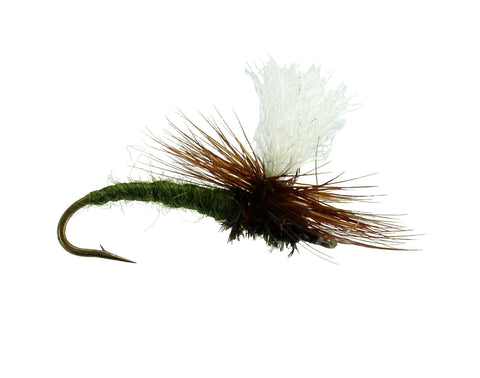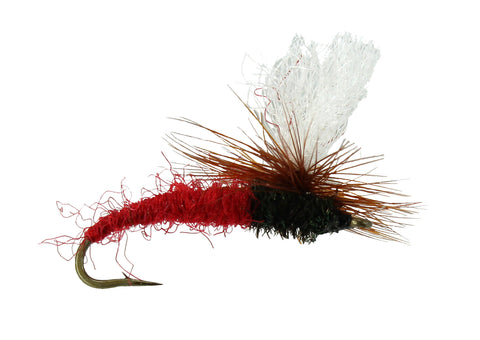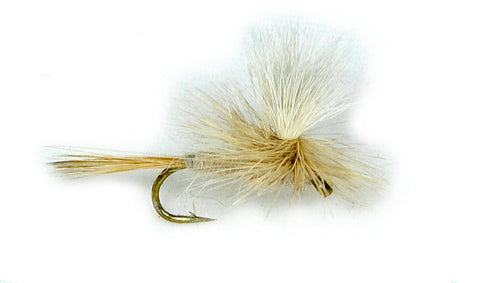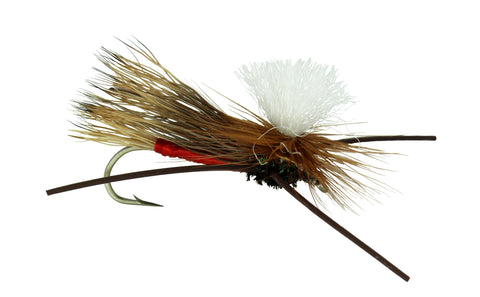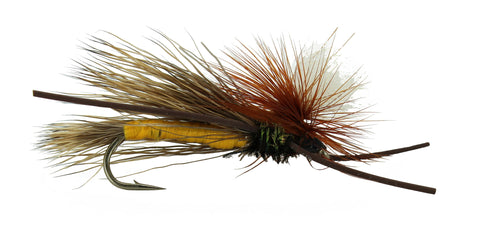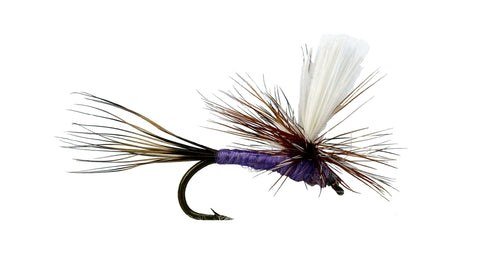Black Gnat - Parachute
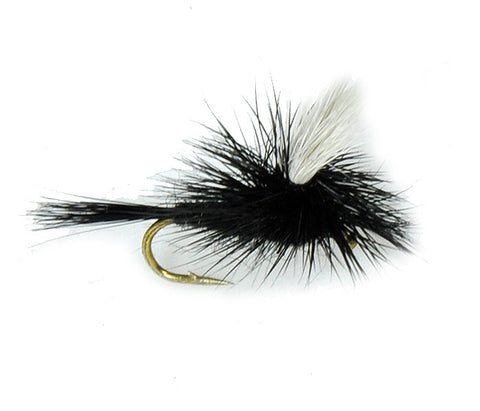
This Black Gnat Parachute pattern should be accompanied by the Black Gnat pattern that imitates an emergent or adult midge. As the parachute pattern sits with its body in the water it looks wholly different to the fish. There are a number of instances where the insects we aim to imitate are best represented by a parachute pattern. The only time a natural insect will have its body lying flat on the water surface is during emergence. During emergence some insects are trapped by that the surface tension of the water. In addition, later in the day when there is a spinner fall, they are trapped by the surface tension.
The hackle of a parachute pattern is different, it is spread laterally. This in turn changes the view from underneath the fly. It looks like an emerging insect that is spreading its legs to get that extra support and push from the shuck before it starts drying its wings. Lastly, when the female insect returns to lay her eggs wings often are caught in the surface tension and take on water. Again due her weight increasing, she will extend her legs to gain additional support. Many females are unsuccessful in flying away and this is another excellent time to use the parachute pattern as they float down with their legs extended sideways and wings trapped in the surface tension. The human benefit, we can see the post so much more clearly.
"Midges" or Gnat’s are found in almost every aquatic ecosystem and are abundant in many varieties throughout the world. They are typically active early in the morning and late afternoon in to early evening. In the early part of the day midge clusters will move above slower water congregate in large swarms. Toward late afternoon and in the early part of the evening this pattern will give you an excellent imitation of females laying their eggs in faster currents. This is a simple yet effective pattern and has proven to be one of the most effective patterns worldwide. A range of smaller hook sizes is recommended for this pattern. The manner in which this pattern is tied increases natural buoyancy allowing this pattern to be fished in choppy and calm waters. When fishing on calmer, slower bodies of water, a longer leader is recommended. Present the fly way in front of your lie, high on the run, allowing a longer, slower drift. A drag free drift is essential. In choppier water, fish this pattern up or across stream taking in your line as the fly moves down the run follow the fly with your rod tip.
When fishing any dry fly pattern, matching the color and the size to the hatch are critical. Often overlooked is the casting of shadow from your leader, which may lead to spooked fish. We suggest selecting a high float leader. Additional waterproofing can be given to you fly delaying it becoming waterlogged, by applying a flotant product such as Gink ®.
All flies are tied with American sourced materials including Hareline Dubbin Materials and Whiting Farm's Hackles & Capes and are tied on premium hooks.

